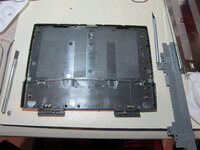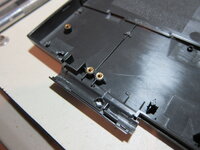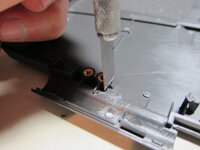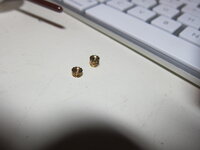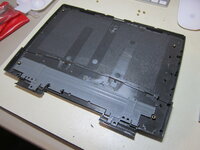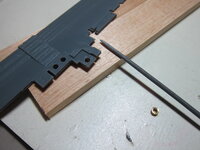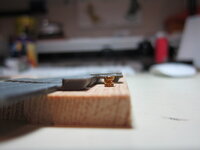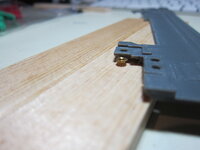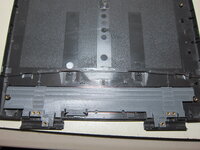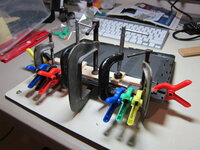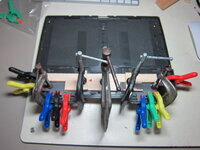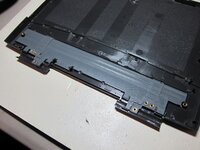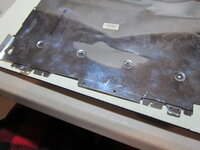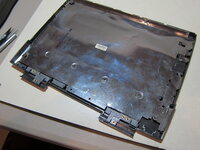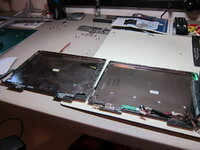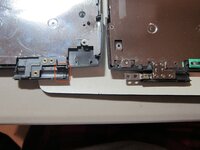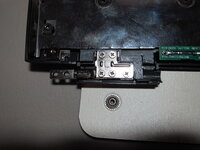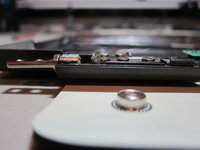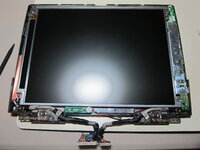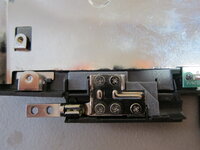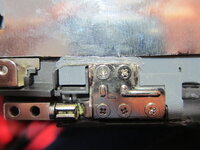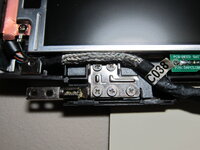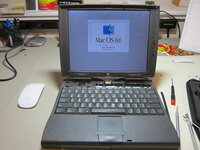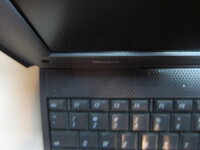LaPorta
Well-known member
First and foremost:
Many thanks to @AEChadwick for making the hinge fix shim in the first place. There is no way in creation I could have made anything as good as this, or as creative.
Many thanks to @BinaryGrind for printing me a few of these, so that I could go through the process...as well as repair my 1400 back to working condition.
A few months ago, my 1400s clutch standoffs finally gave out, and I had no choice but to do this. Different than most, I did this repair on another 1400 screen back plate that I got a while back that has no hinge cracking at all. This way, my hope is that it won't give out for a very long time, as well as look good cosmetically on the outside.
The goal here is to document that process that I took, along with pitfalls, so that others may feel more comfortable doing so.
Many thanks to @AEChadwick for making the hinge fix shim in the first place. There is no way in creation I could have made anything as good as this, or as creative.
Many thanks to @BinaryGrind for printing me a few of these, so that I could go through the process...as well as repair my 1400 back to working condition.
A few months ago, my 1400s clutch standoffs finally gave out, and I had no choice but to do this. Different than most, I did this repair on another 1400 screen back plate that I got a while back that has no hinge cracking at all. This way, my hope is that it won't give out for a very long time, as well as look good cosmetically on the outside.
The goal here is to document that process that I took, along with pitfalls, so that others may feel more comfortable doing so.

